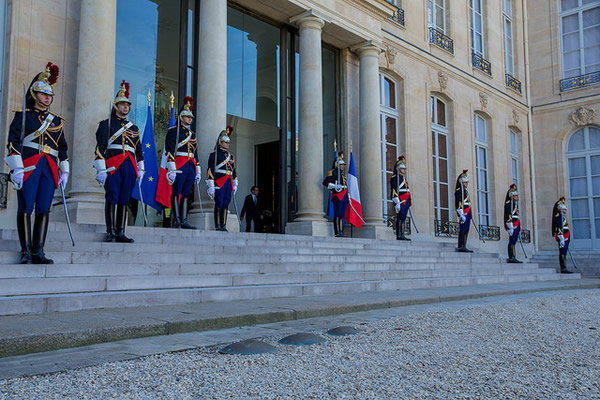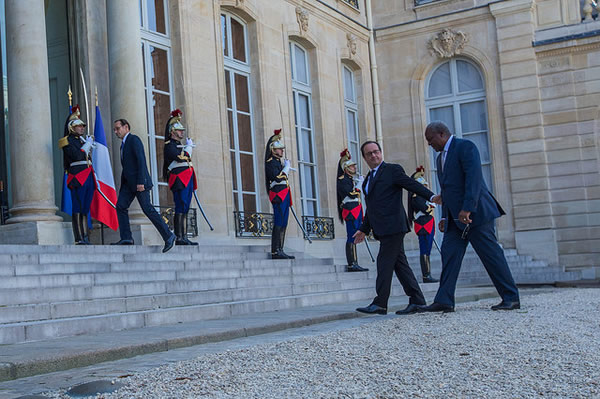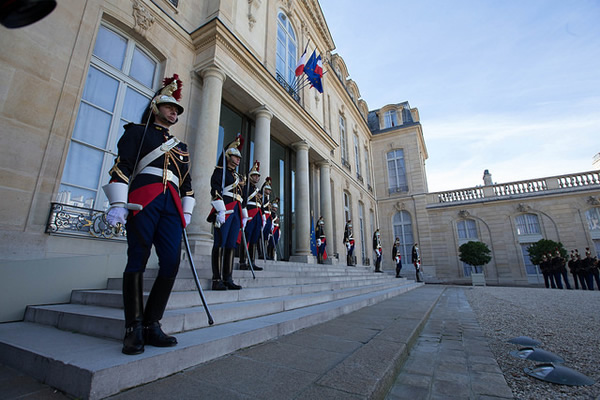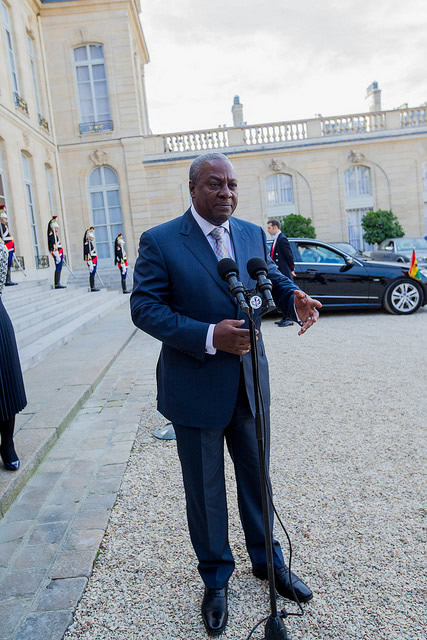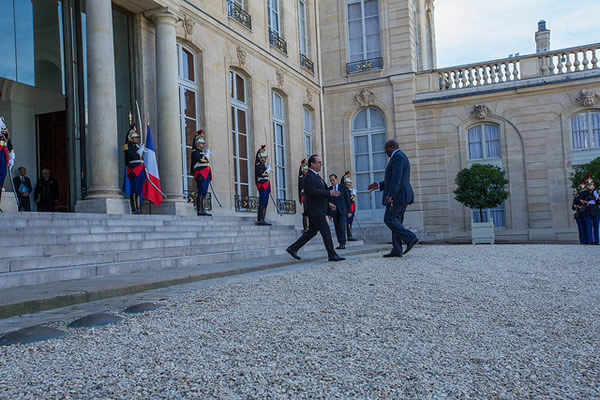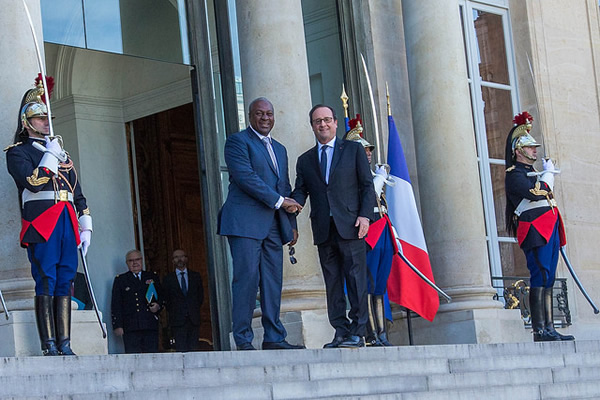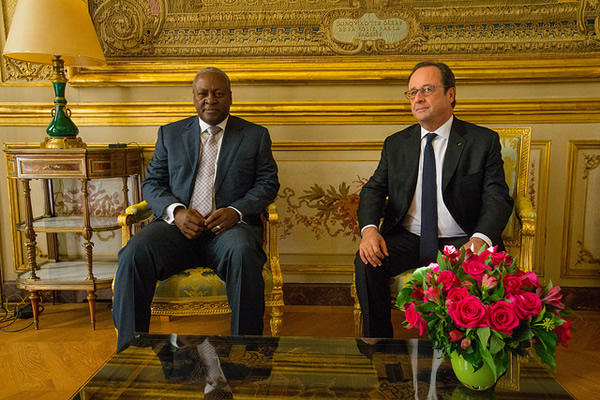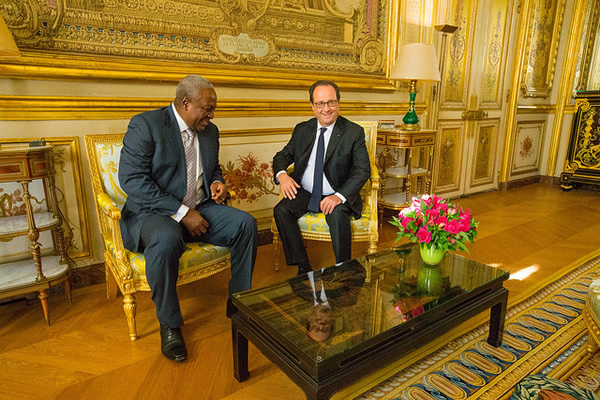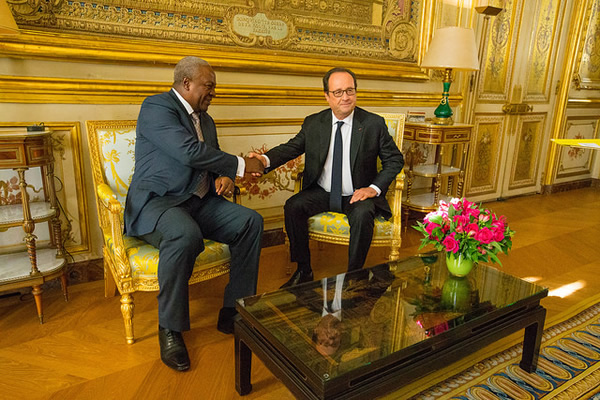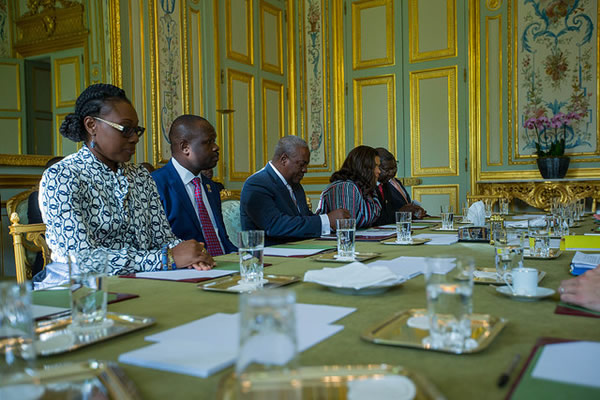 The African Mining Vision (AMV) instituted by the African Union (AU) is to ensure sustainable development of Africa’s mineral wealth, an official of the United Nations Economic Commission of Africa (UNECA), Mr. Oliver Maponga, has said.
The African Mining Vision (AMV) instituted by the African Union (AU) is to ensure sustainable development of Africa’s mineral wealth, an official of the United Nations Economic Commission of Africa (UNECA), Mr. Oliver Maponga, has said.
“It is all about life after mining and redressing the ghost towns and cities, that have become relics of mineral rich towns and cities in Africa,” he said.
Speaking at a two-day capacity workshop, organized by the Third World Network, TWN-Africa with the support of the Open Society Initiative for West Africa (OSIWA), Mr. Maponga drew similarities between the AMV and the ECOWAS Minerals Development Policy (EMDP).
The AMV is a continental vision of the mining sector, adopted by the African Union in February 2009, while the EMDP is an ECOWAS initiative.
The two documents outline acceptable standards in the sustainable development of the continent’s resources from an African perspective.
The workshop brought together about 40 participants from West Africa countries to deliberate, network and build their capacity on the two documents.
The AMV Action Plan approved by the African Union Ministers in December 2011, recognizes civil society groups as key implementation agents alongside government and others, and it is in line with that the workshop was organized.
Mr Maponga said the objective of the AMV was ensuring the “transparent, equitable and optimal exploitation of Africa’s mineral resources to underpin broad-based sustainable growth and socio-economic development.”
That means a competitive and diversified mining sector linked to local economies for sustainable livelihoods.
He said in the scheme of the AMV, small scale mining had to be undertaken in such a way that those engaged in it would also experience a graduation of their economic situation.
Mr. Maponga said the African Minerals Development Centre was the vehicle by which the AMV was to be made a part and parcel of national legal and policy frameworks on mining.
He said the draft ECOWAS Mining and Minerals Development Act also dealt with similar issues found in the AMV and he described it as first in the history of the sub-region.
The Co-ordinator of TWN-Africa, Dr. Yao Graham, said the continental and regional efforts that had resulted in the policies, presented common challenges faced by governments on the continent.
The history of mining, he pointed out, showed various endeavours of African governments to institute laws and establish institutions to facilitate the interest of investors.
In attracting large scale mining corporations, African government had competed with each other in giving concessions inimical to their economies, “in a race to the bottom,” he said
That situation, he maintained, had resulted in the resource curse that had now become a misnomer because of the continental and regional activism and mobilization of civil society groups in redressing the challenges.
“The era of the resource curse is finished. We are now in an era of the re-focusing of African governments to minerals as an opportunity for transformation,” he told participants.
Mr. Tetteh Homerku, also of TWN, said it was precisely because of the daunting task in ensuring the ideals in the two documents reflected in local policies that the capacity building workshop was taking place.
He was of the view that the foundation stone of a future of the mining sector in Africa transforming economies was being built.
Source: Daily Graphic











